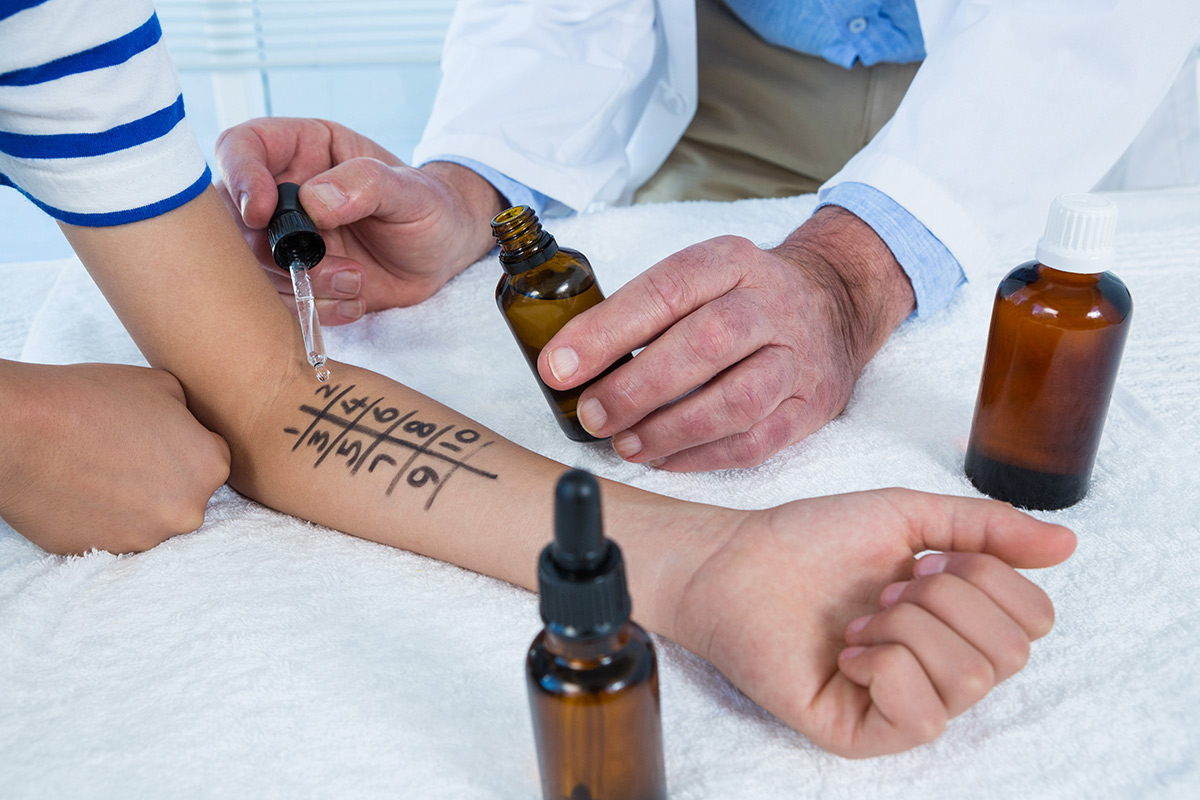Eczema in Children: New Study Highlights Importance of Allergy Testing

A recent study has shed light on the necessity of allergy tests for children suffering from a prevalent form of eczema, hinting at the possibility of a secondary allergic-type eczema. Atopic dermatitis, which often manifests by age 5, is a common condition. However, allergic contact dermatitis exhibits analogous symptoms and can be activated by various substances. Both fall under the eczema umbrella, characterized by inflamed, itchy, and irritated skin.
Children diagnosed with atopic dermatitis displayed a higher likelihood of yielding positive results during patch tests for allergies, the study revealed. Dr. JiaDe (Jeff) Yu, a prominent author of the study and an assistant professor of adult and pediatric dermatology at Massachusetts General Hospital, emphasized the significance of distinguishing between the two types.
When dermatologists encounter a child appearing to have eczema, the initial presumption is often atopic dermatitis since it affects nearly 20% of children. However, some might actually have allergic contact dermatitis. The definitive method to differentiate between them is patch testing, aimed at pinpointing irritants affecting the skin.
Substances causing allergic reactions encompass poison ivy, oak, and sumac. Yet, reactions can also be triggered by rubber, dyes, cosmetics, fragrances, preservatives, and certain metals, notably nickel. Identifying and subsequently evading these allergens stands as the most efficient treatment for allergic contact dermatitis.
Conversely, atopic dermatitis can be treated with topical steroids or phototherapy. The latter employs ultraviolet light to mitigate inflammation and alleviate itching. Additional treatments comprise biologics and JAK inhibitors.
Lifestyle adaptations can further assuage eczema symptoms. Dr. Yu suggests selecting fragrance-free products to minimize eczema outbreaks. As a precautionary measure, he advises those with eczema to test skincare products by applying them to a small patch on the inner arm for a month before extensive use.
Dr. Yu underscores the importance of professional consultation for those exhibiting eczema signs. He cautioned, “Patients can simultaneously have atopic and allergic contact dermatitis, and they may present similarly.”
Those experiencing symptoms are strongly advised to consult a dermatologist for accurate diagnosis and treatment.
Source:
Hadley Johnson, BS, Marcella R. Aquino, MD, Alan Snyder, MD, MSCR, et al.
